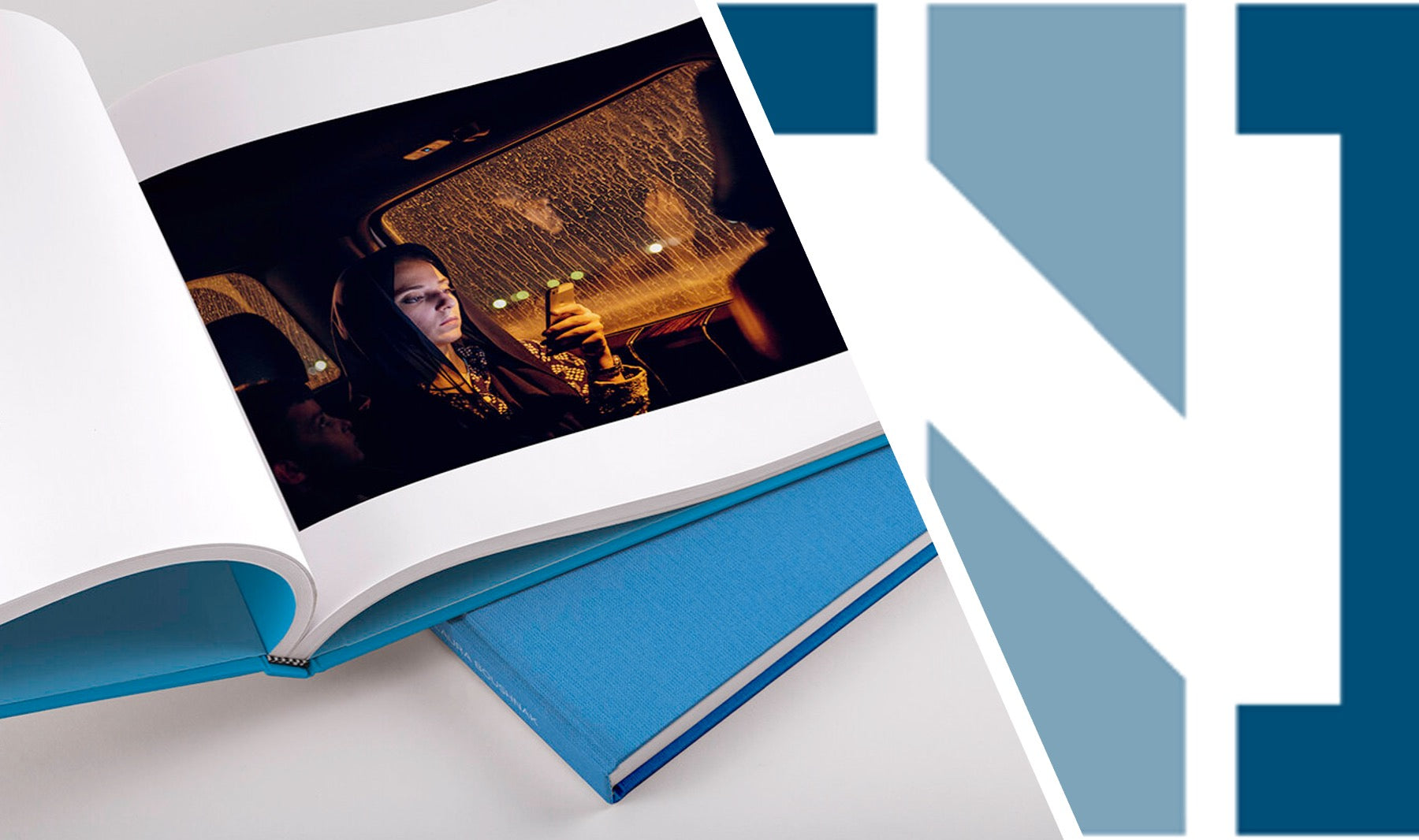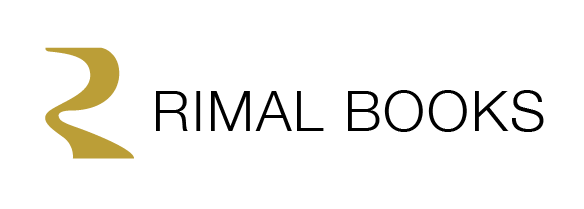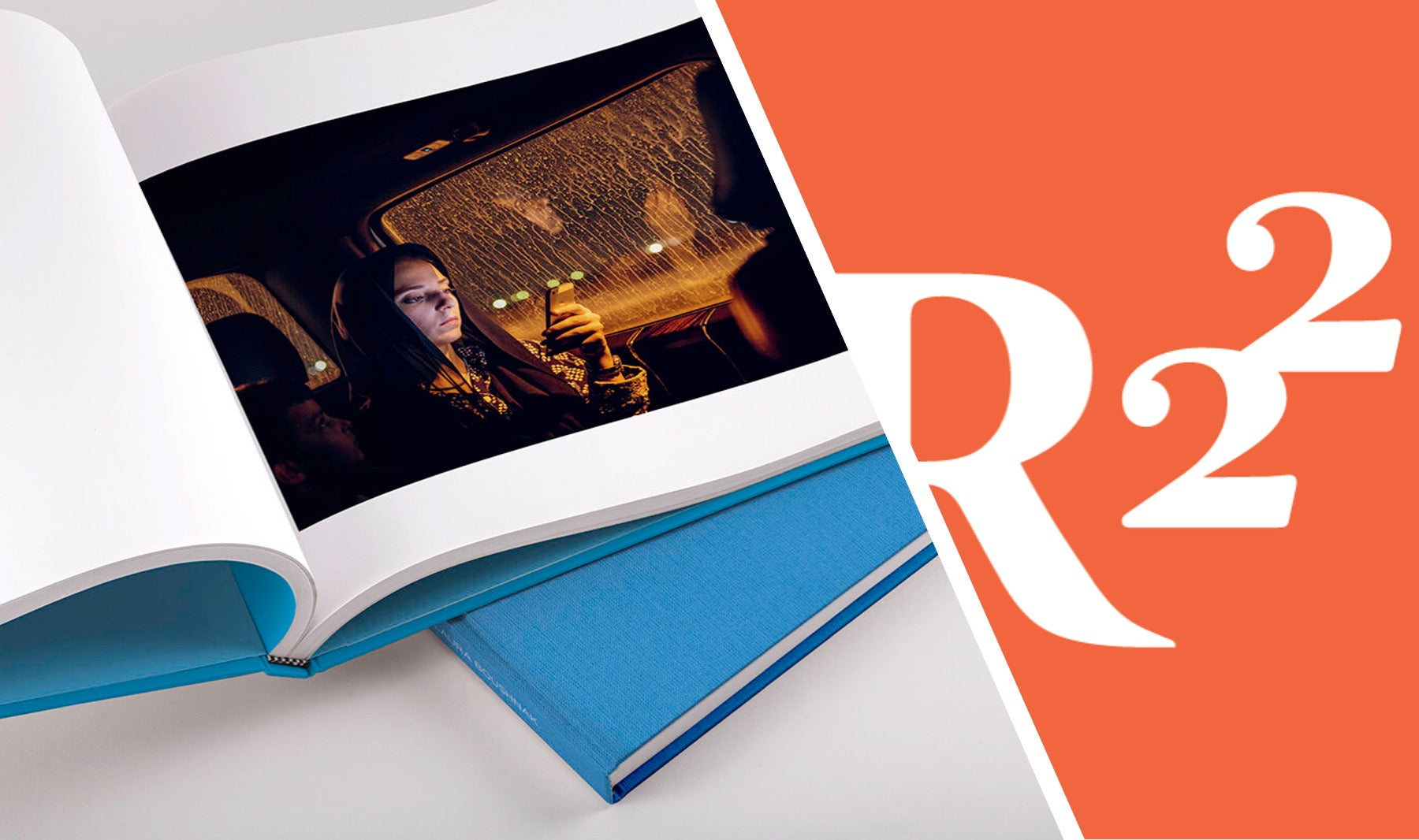
THE NATIONAL
How photographer Laura Boushnak is celebrating Arab women challenging norms
Palestinian photographer Laura Boushnak captures Arab women who are overcoming barriers to education
“I got an education so that I may change the way my family perceives the education of girls. They believe that a girl deserves nothing but marriage or the grave,” writes a 24-year-old woman called Khayzaran, from Yemen. Meanwhile Ejlal Muawad, 53, from Egypt, writes: “I left school 45 years ago. I was embarrassed when my son asked me to write a complaint letter to his school and I was unable to help … if I see text and I’m not able to read it, it’s like being blind.”
For the past 10 years, Kuwait-born, Palestinian photographer Laura Boushnak has taken portraits of women across the Arab world who have overcome barriers to their education – whether that be learning to read late in life or sidestepping family objections to pursue their studies. Boushnak works with local NGOs to meet the women and to seek permission to photograph them. However, often, they say no, or if they agree, others might intercede. But if Boushnak does get the go-ahead, after the images are taken, she invites each woman to answer a question, which she overlays on the photograph in the women’s own handwriting. In Cairo, she asked: “Why did you decide to learn how to read and write?” In Jordan, where she worked with women who had dropped out of education, it was: “What would be your dream when you finish the programme?” And in Gaza, suffering under the blockade: “Why is it important to continue your education?”
The pictures have now been published in Boushnak’s book, I Read I Write, with a foreword by Lebanese author Hanan Al-Shaykh, who told the story of her own mother’s illiteracy in the novel The Locust and the Bird. An exhibition of the latest additions to I Read I Write, taken in Gaza and Saudi Arabia, is also currently on view at the Ort Gallery in Birmingham, in the UK, a city known for its racial diversity. These chapters add to images shot in Egypt, Jordan, Yemen and Tunisia, making I Read, I Write a window into segments of Arab society across a broad geographical spread. Illiteracy and barriers to education may themselves be invisible, but details in some of the images – pockmarked walls, shabby electrical fittings, worn shoes – hint at the endemic challenges of poverty and a lack of opportunity.
Speaking about the work from Sarajevo, where she now lives, Boushnak says she did not want to simply document challenges in the Arab world, but rather to understand the reasons that women often are not educated to the standard that men are, and how this might be altered. “I tried to say, here is the problem – illiteracy – and here is why you find solutions. When you help women, here are the results,” she explains. “The idea was to inspire other women in the region. Because I thought if I was going to take photos of women who cannot read and write, it was going to be too negative.”
Boushnak studied sociology and psychology at the Lebanese University, taking the courses remotely while remaining in Kuwait. Her father discouraged her from studying abroad, but – unlike many of the women she photographed – not because he had a particularly traditional mindset. Rather, “as third-generation Palestinian immigrants, we didn’t have the means”, she says. She worked as a receptionist to save money, and also began a correspondence course in photography with the New York Institute of Photography – which wasn’t as easy as simply uploading or emailing images across the internet.
“Every week, I would send my picture to my tutor, and he would send me back the comments recorded on a cassette tape,” she recalls. “We’re talking 1995, 1996 – online studies did not exist at that time. When I give workshops to young students, I know I sound prehistoric. Sending me back a cassette. Can you imagine? And I would play it and hear the tutor commenting on my photos.”
Eventually, she saved up enough money to move to Beirut, and had the good luck to be apprenticed to a photojournalist who had covered the Lebanese civil war. “I just loved the feeling,” she says. “On his motorbike he would take me to cover different stories – like Kurds protesting in front of the UN in downtown Beirut, or he took me to the garbage dump in the north of the country.”
Boushnak now maintains a career as a photojournalist, shooting for The New York Times and other outlets, while also researching two major series: I Read I Write, and The Deadly Legacy of Cluster Bombs, both of which have been developed over the course of years. For the latter body of work, she follows a young boy, Mohammed, who had been injured at the age of 11 in the 2006 conflict between Israel and Hezbollah. He had been playing with friends outside when he came across one of the cluster bombs laid down by Israel, a week before the war ended. She has photographed him as he has grown: when he first learnt to swim, when he received prosthetic legs, and as a young man. A Palestinian refugee, the camp where he lives is a 10-minute drive from her parents’ home in Lebanon, and she photographs him whenever she returns to visit.
In the images of Deadly Legacy and I Read I Write you can see the changes in the subject, as well as in the context and her own style of shooting. In the latter, she has a predilection for mirrors, photographing women as they look at themselves and capturing how they practise presenting themselves. She makes urban backgrounds an active element of the work: graffiti on a wall at a university in Tunisia reads “Paint it again”, responding to the school’s policy of covering over graffiti. In an image of children in Jordan sheltering in the shade, a mural behind them shows children happily playing in the sun. Perhaps most importantly, the length of time she gives to the series also allows the women’s personalities to filter into the pictures themselves. “Laura takes a deep dive and thoroughly engages with the works,” says Mohamed Somji, who runs gallery and photography platform Gulf Photo Plus in Dubai, which showed part of I Read, I Write in 2013. “I’m always sceptical when it comes to seeing projects on women’s rights in the Arab world. More often than not, these discourses are steeped in Orientalist thought and exceptionalism, where owing to the culture or backwardness of Islam, women have to be ‘saved’ somehow.
“Her project is an antidote to that kind of thinking because she’s giving a voice to the subjects that she’s worked with – literally having them write on the images. And reading between the lines, you get this sense of how patriarchal structures deny women equal access to education and opportunities, and equally of how women have been real agents of change.”
For her next project, Boushnak wants to continue the focus on education in order to understand how school curriculums enforce gender divides. She was struck by the stereotyping of the goals made available to women – they are pictured as nurses or secretaries, the men as engineers or doctors. “Not that I’m saying there’s anything wrong with those professions,” she says, “but it’s important to change the mentality of how women are seen.”
Laura Boushnak: I Read I Write is at Ort Gallery in Birmingham until Saturday
By: Melissa Gronlund
*source The National





